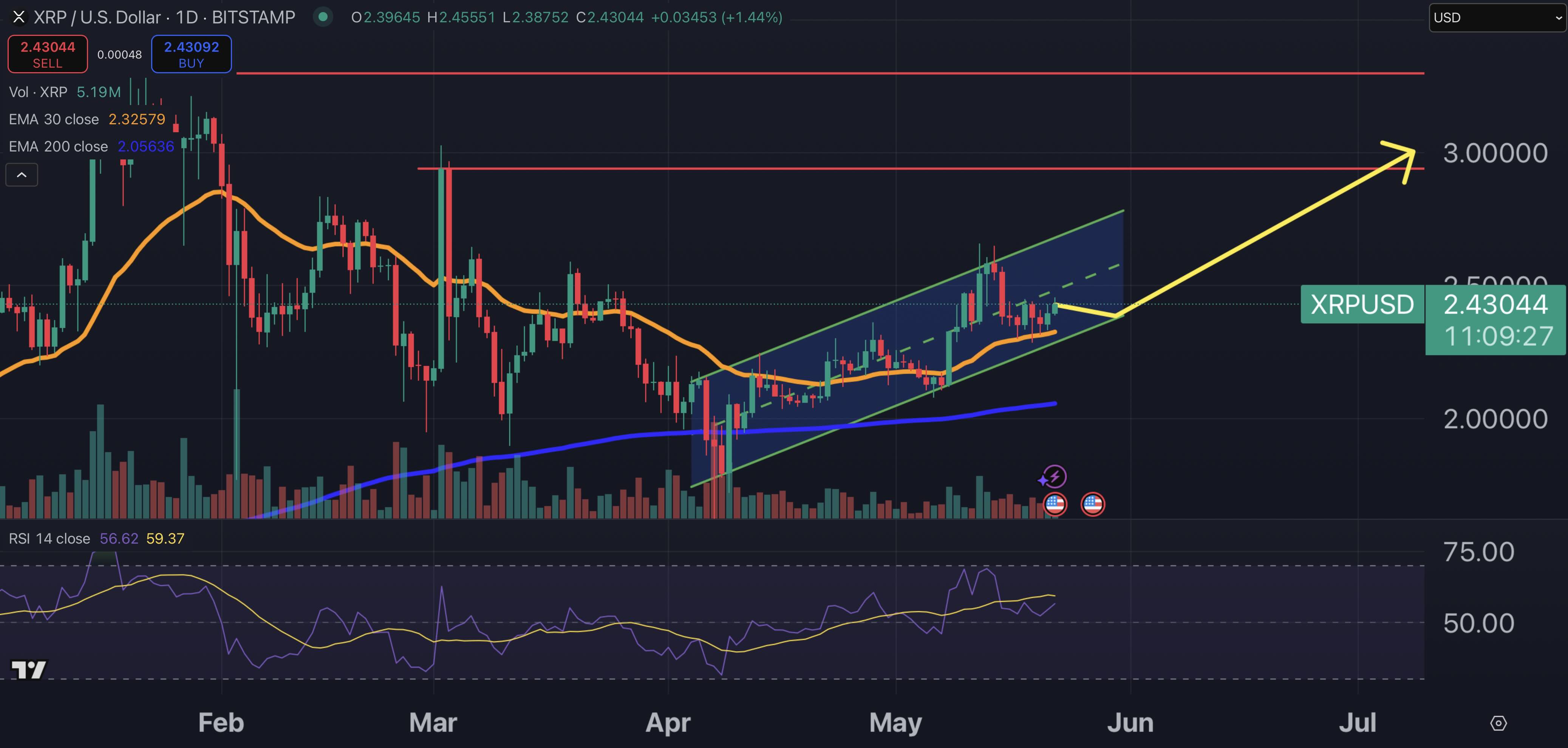Unlock the Editor’s Digest for free
Roula Khalaf, Editor of the FT, selects her favourite stories in this weekly newsletter.
UK sales of individual annuities are on track for their best year in a decade, as higher interest rates and new financial rules push people back to retirement products with a guaranteed income.
Insurance groups sold £3.6bn of individual annuities in the first half of 2024, according to the Association of British Insurers, a rise of more than 50 per cent on the same period last year.
That puts the market on course for its best showing since 2013 — the year before then chancellor George Osborne’s “pension freedoms” Budget shook up the UK’s retirement landscape by slashing taxes on people cashing out their pension pots.
Soaring sales were reflected in interim results this month from some of the biggest UK insurers. FTSE 100 group Legal & General took in a further £1.2bn in premiums from individual annuities after what was a record year in 2023.
“Already last year was a great year, and what’s amazing is that this year we’ve doubled what we did in the first half of last year,” chief executive António Simões told the Financial Times.
He said “more and more” people were choosing to buy an individual annuity with some of their pot, alongside other options such as so-called drawdown products, where they take some income from a still-invested fund.
Amanda Blanc, chief executive of Aviva, said the individual annuity was “making a comeback, after going so out of fashion” due to low interest rates and pension freedoms.
She believes the market is likely to continue growing. “Whilst interest rates will probably come down, they probably won’t come down to where they were before.”
Rates on annuities, which are backed by insurers with government bonds and thus reflect their yields in their pricing, slid in the low-interest rate era, becoming a big motivator for the Osborne reforms.
According to Hargreaves Lansdown’s annuity comparison service, a healthy 65-year-old with a £100,000 pension pot can currently get a single-life (which pays out to just one person) level annuity of up to £7,100 a year, which pays out for a minimum of five years.
Four years ago, the figure would have been about £4,700.
In 2013, insurers sold nearly £12bn in individual annuities. David Richardson, chief executive at Just Group, believes the market for individual annuities could eventually exceed that level, pointing to the growing size of so-called defined contribution pots.
“I don’t see any reason why you should see that as a ceiling, where it was before,” he said. “The amount of [DC] money that is going towards retirement is going to grow year on year.”
One factor is the new so-called consumer duty regulation that requires advisers to demonstrate they are considering the best outcomes for customers, which insurers say has encouraged the promotion of guaranteed-income products.
Today, people at retirement are often taking a mix of tax-free cash and some drawdown income while also purchasing an annuity with some of their pot, and increasingly doing that later in their retirement when they want more certainty, executives said.
Yvonne Braun, director of long-term savings policy at the ABI, said “access to appropriate support is crucial to help people make good choices”.
She called on the Financial Conduct Authority to use its ongoing work on the boundary between retirement guidance and what is considered financial advice to “open up more opportunities” for people to get support in their retirement decisions.
Credit: Source link









